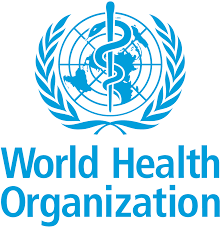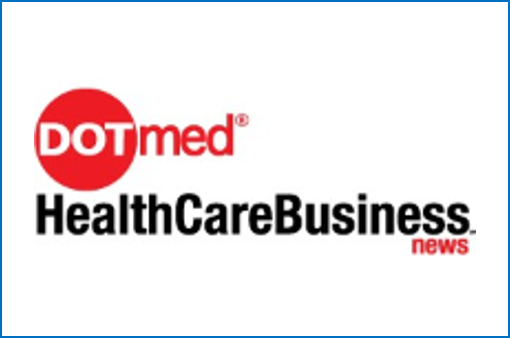 Safety/Quality
Safety/Quality
Comfort, targeted nursing speed recovery in colorectal surgery patients

Editor's Note Pairing comfort nursing with targeted surgical care improves recovery, reduces pain, and enhances satisfaction for colorectal cancer patients undergoing laparoscopic surgery, according to an American Journal of Managed Care August 18 article covering a study published in Annali Italiani di Chirurgia. As detailed in the article, the researchers…
Study: Preoperative behavioral health evaluations improve orthopedic recovery

Editor's Note Meeting with a health behavior psychologist before orthopedic surgery can help patients identify and overcome barriers to recovery, leading to better surgical outcomes, according to a University of Missouri School of Medicine July 31 news article covering a study published in the Journal of Knee Surgery. The study…
Standardized pathways cut costs, hospital days in pediatric surgery without raising complication rates

Editor's Note Standardized perioperative protocols can reduce hospital stays and costs for children undergoing surgery without affecting complication rates, JAMA Surgery August 20 reports. As detailed in this original investigation, the researchers evaluated the Minimizing Variance in Pediatric Surgery (MViPS) program, a fellow-led initiative launched in 2013 across two academic…
UC Davis secures $2M to study bone health in prostate cancer, prevent post-injury arthritis

Editor's Note The UC Davis Department of Orthopaedic Surgery has received more than $2.2 million in Department of Defense funding for two research projects addressing bone health in prostate cancer and preventing arthritis after joint injuries, a UC Davis Health July 15 news release reports. The larger grant, $1.8 million,…
Artificial disc replacement proves safe, efficient, cost-saving in outpatient spine surgery

Editor's Note Artificial disc replacement (ADR) in the cervical spine can be performed safely, efficiently, and cost-effectively in outpatient/ambulatory surgery centers (ASCs), Ortho Spine News July 31 reports. The article details research from Steven J. Girdler, MD, of DISC Surgery Center, who reviewed 6 years of data from 1,043 patients…
Imposter syndrome widespread among surgical trainees, disproportionately affects women

Editor's Note Nearly three-quarters of orthopedic surgery residents experience significant or intense imposter syndrome, with female trainees facing markedly higher risk, according to a study published April 7 in the Journal of Bone and Joint Surgery Open Access. As detailed in the study, researchers surveyed 100 residents across seven US…
Global nursing workforce grows but inequities jeopardize health progress

Editor's Note The global nursing workforce has expanded to 29.8 million, up from 27.9 million in 2018, but stark disparities in nurse distribution threaten progress toward universal health coverage and global health security, according to a May 12 World Health Organization (WHO) news release announcing the State of the World’s…
Largest US healthcare fraud case reveals billions in false Medicare, Medicaid claims and vast schemes nationwide

Editor's Note The US Department of Justice (DOJ) has conducted the largest healthcare fraud takedown in US history, charging 324 individuals, including 96 licensed medical professionals, in schemes totaling more than $14.6 billion, HealthCare Business News July 8 reports. The nationwide crackdown involved 50 federal districts and 12 state attorneys…
Leveraging technology to streamline ASC operations, optimize patient care

As we celebrate National ASC Month, it is worth recognizing how central ambulatory surgery centers (ASCs) have become to modern healthcare. Today, there are more than 12,000 ASCs across the US, including over 6,500 Medicare-certified facilities operating some 18,800 surgical suites. With over 80% of all surgical procedures being performed…
Breast cancer surgery delays tied to higher upstaging, faster tumor growth

Editor's Note Each month of delay between breast cancer diagnosis and surgery raises the likelihood of tumor upstaging, nodal spread, and in vivo tumor growth, according to a national database analysis published in Annals of Surgical Oncology on July 23. The researchers reviewed records from more than 1 million patients…

 Free Daily News
Free Daily News